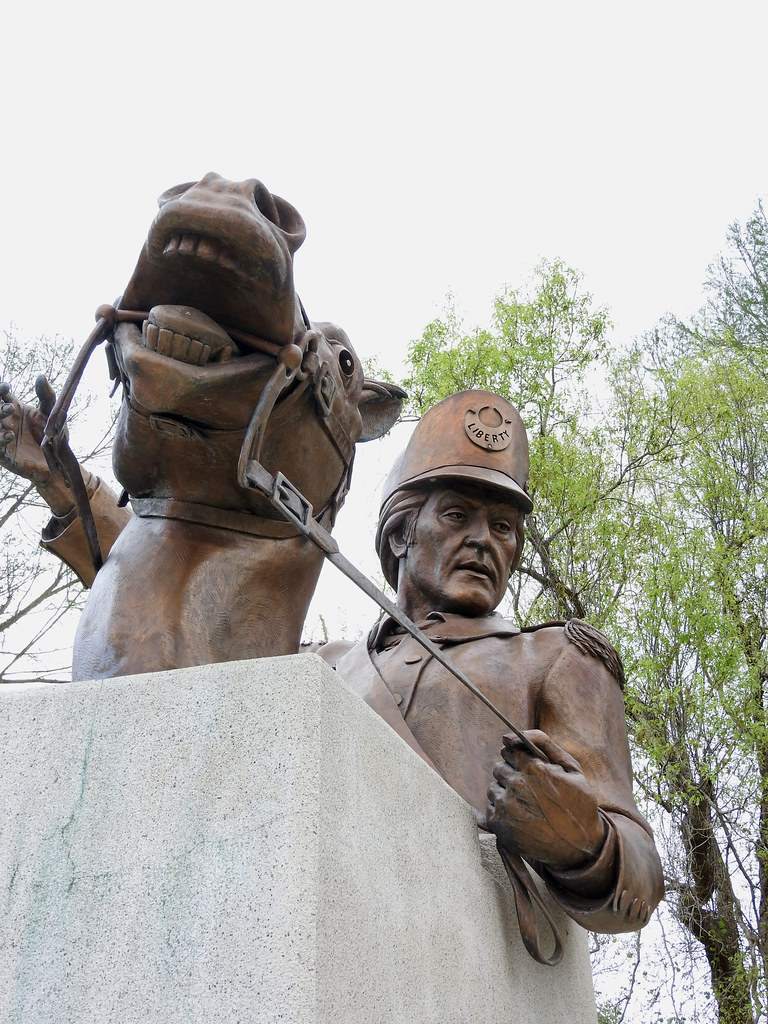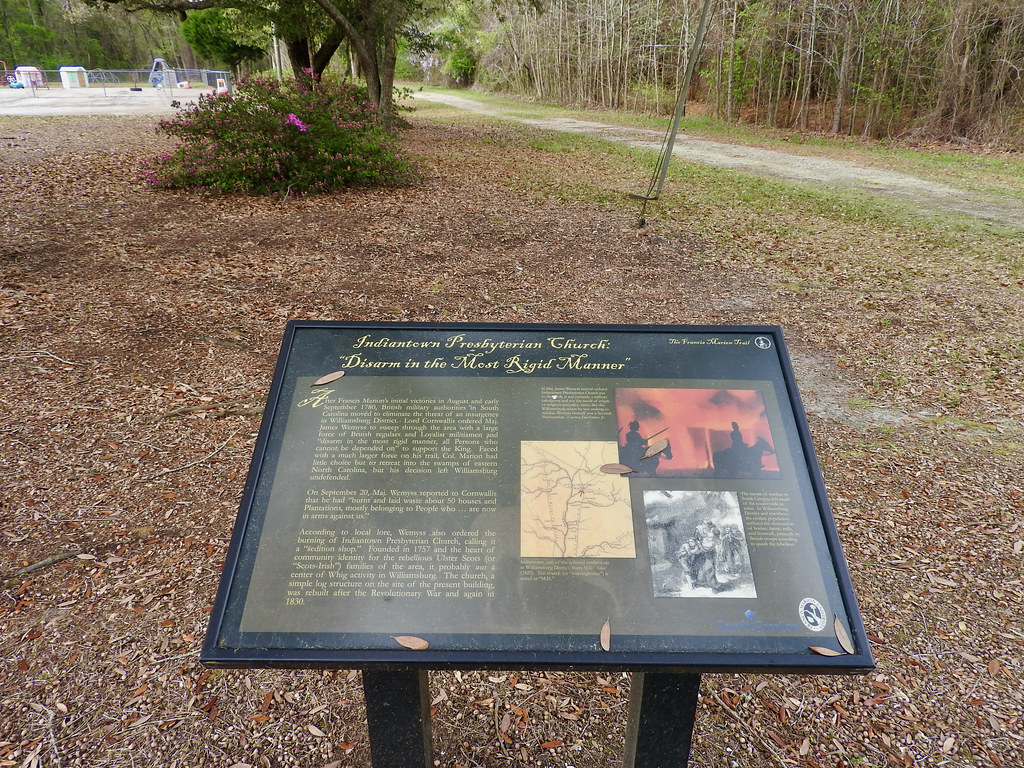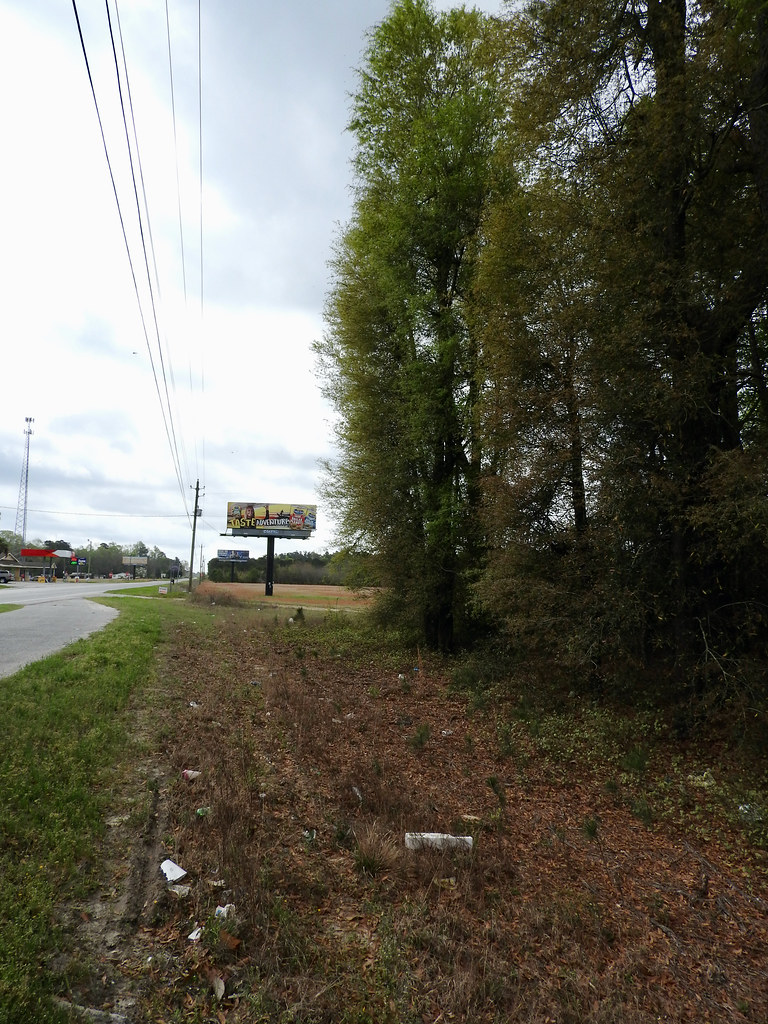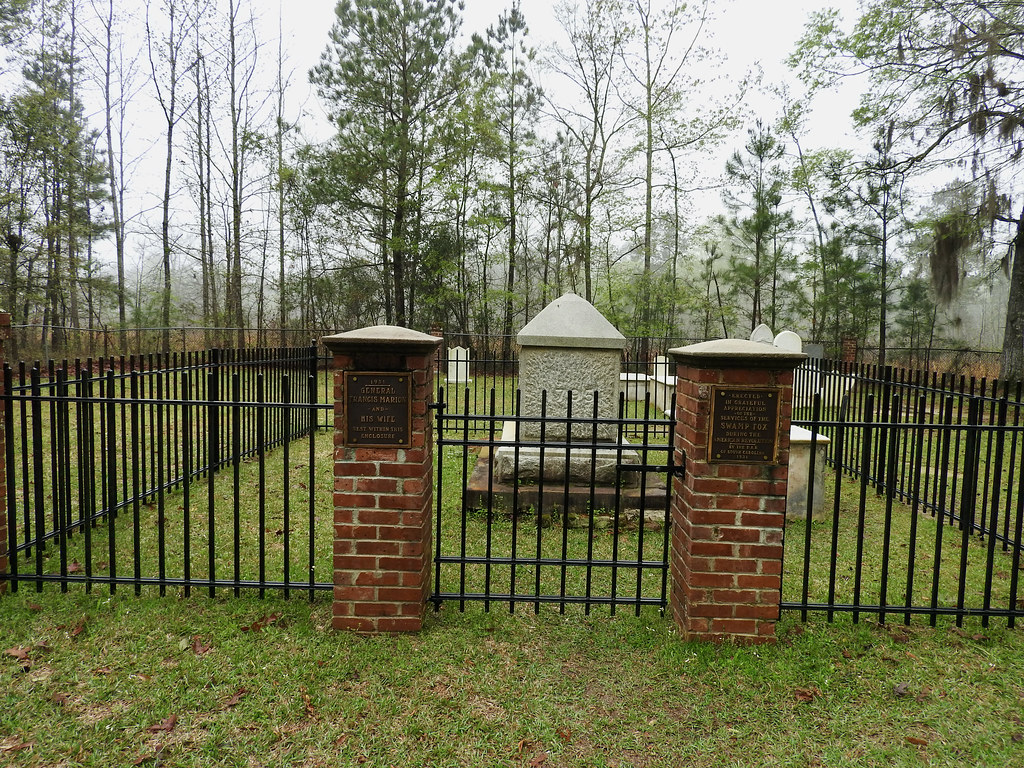So we finally get to Brigadier General Francis Marion, the so-called Swamp Fox. He was born on the family plantation sometime around 1732 although no definitive record exists, strangely enough. Then he spent much of his life there except for brief forays that included a stint in the French and Indian War. Nonetheless he was not a professional soldier.

Much of his Revolutionary War service passed rather uneventfully. He filled a few minor, ancillary positions until fate suddenly intervened. Marion broke his ankle and was away convalescing when Charleston fell in May 1780 so he avoided capture. Later his commanding general ordered him to gather intelligence on British positions so he missed the disastrous Battle of Camden in August 1780.
That left Marion and his ragtag troops mostly alone and up to their own devices. So they retreated into the lowland swamps where he knew the terrain, hit the British quickly and in unexpected ways, and returned to the swamps until the next raid. His irregular tactics and guerilla warfare so exasperated the British — who simply could not capture him — that they nicknamed him the Swamp Fox.

Now his name appears ubiquitously within this corner of South Carolina. There’s Marion County, Marion National Forest, Francis Marion University, Lake Marion, and even a town of Swamp Fox. There are literally dozens of other things named for him.
I visited a ton of historical markers that recounted his exploits and I doubt I hit even a quarter of them. However I did visit this odd statue of him at Odell Venters Landing near Johnsonville (map). I guess they saved money by casting only the top quarter of it?
Anyway, let’s move onto some sites I visited in approximate chronological order, understanding it barely scratched the surface of his exploits.
Kingstree

Marion was already starting to annoy the British by the time he missed the Battle of Camden. Then he was out gathering more intelligence a couple weeks later around the vicinity of Kingstree. He also knew that British and Loyalist troops were coming for him. A handful of his forces struck quickly in Kingstree and left just as quickly, so it barely registered as a skirmish. But as a result he learned that the enemy greatly outnumbered his forces and they were descending rapidly on his position. His little army of 150 men would be decimated in conventional warfare. So he vacated the area and crossed into North Carolina to fight another day.
A marker at Kellahan Park commemorated the clash at Kingstree (map).
Indiantown Church

The British Army had enough of Marion and his numerous supporters in the lowlands of South Carolina. General Marion was still hiding safely in North Carolina in September 1780 so he was safe. However, that left the civilian population that favored the revolution in potential jeopardy. Indiantown lay particularly vulnerable with Marion away. Settlers of Scots-Irish decent almost universally favored the rebellion and they lived here in abundance. So British forces burned their houses, their farms and the Indiantown Presbyterian Church to make a statement (map).
Marion’s Camp

Marion returned and continued his harassment campaign. Then the winter of 1780-81 approached and the militia needed a safe place to set up camp. He selected Snow Island, a particularly inaccessible spot within a wide meander of the Great Pee Dee River. British forces attacked the camp in March 1781 but Marion was already gone. The Swamp Fox slipped away again.
I visited an historical marker at a pullout on this particularly bleak stretch of US Route 378 near Gresham (map). The view lacked any charm but I had another destination in mind. See the little road right in front of the billboard for Cajun-flavored Boiled Peanuts? That led to a boat landing with a different marker where I could actually see Snow Island. Theoretically.
Snow Island

Well I had quite an adventure on that little road. It consisted solely of soft sand through the wilderness. That didn’t really bother me. I grew up driving on unpaved roads and this one seemed remarkably smooth. However, the swamp overflowing the road bothered me a lot (map). I considered going for it though, I really did. My rental vehicle happened to be an oversized SUV with 4-wheel drive and I bet I could have made it.
Unfortunately I was about a mile down an isolated dirt path in an unfamiliar location in a place where I didn’t know a single soul. Plus I didn’t know the depth of the water. Was it three inches, six inches, a foot, maybe more? I’ll bet the British had similar thoughts as they chased the Swamp Fox through hostile terrain. That’s how I rationalized it, anyway.
It rained hard the previous evening although the impediment in front of me seemed placid. At least it wasn’t a raging torrent. But with my luck I’d get halfway through and the engine would stall. Reluctantly, I turned around and I never got to see Snow Island. I hate getting old and responsible.
Wadboo Bridge

Wadboo Bridge was a very minor skirmish in late January 1781 (map). Troops led by one of Marion’s captains came upon the British unexpectedly and they captured a few prisoners and a wagon. That was pretty typical. All sorts of little strikes like that took place all throughout the area during this period.
The ground I covered didn’t perfectly match Marion’s exploits. After all, my purpose was county counting with the history as a nice side benefit. Thus he was involved in battles such as Georgetown, Fort Watson, and Fort Motte, all outside of where I drove. Of course he also fought at Eutaw Springs, but I already talked about that one.
Marion’s Tomb

General Marion became citizen Marion after the war. One historian described Marion’s life as “something like a sandwich—a highly spiced center between two slabs of rather dry bread.” He had two very exciting years that everyone remembers in an otherwise unremarkable 63 year life.
After the Revolution he rebuilt his plantation, served a few terms in the South Carolina Senate and essentially went back to his old life. If he ever noticed a contradiction between his fight for freedom while personally owning slaves, history does not record it. He died in 1795 and is entombed in the family cemetery at nearby Belle Isle Plantation, then owned by his brother (map).
Ironically his own nearby plantation, Pond Bluff, is now underwater — it sits beneath the waves of Lake Marion.
Articles in the Carolina Wetlands Series
- Padding the Count
- All About the Water
- The Great Outdoors
- This Means War
- The Swamp Fox
- Ruins and Tombs
- Breweries During COVID
- Rounding it Out
See Also: The Complete Photo Album on Flickr

Leave a Reply